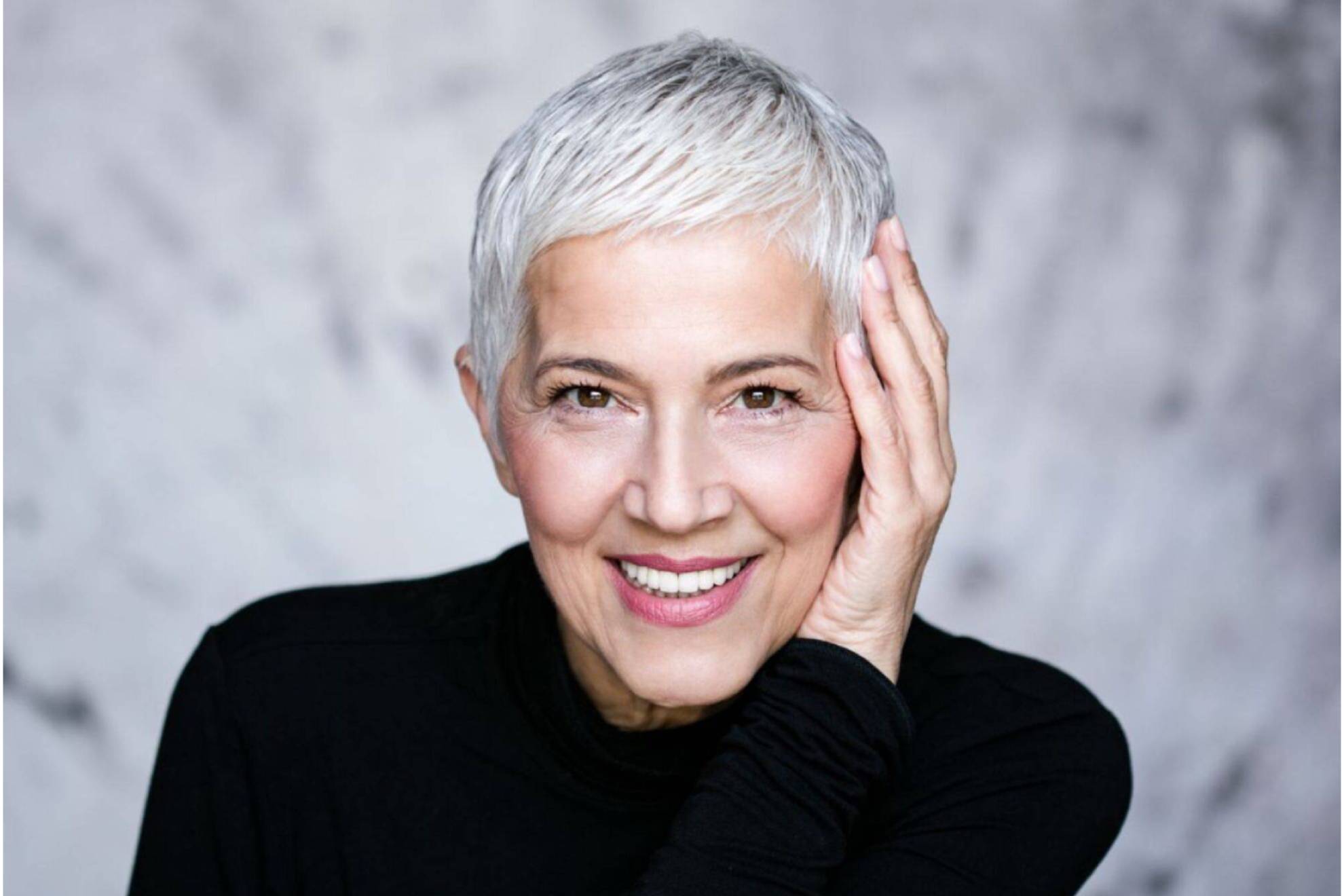While the focus of the mainstream media surrounding menopause and hormone replacement therapies (HRTs) focuses on women without previous gynecological surgeries, HRT is imperatively relevant to women without uteruses. Indeed, for the 1.8 million, or 1 in 5 females aged 35+, in Canada who have received a hysterectomy (surgery that removes the uterus) for various medical reasons, there is a great underrepresentation in information that is available about hormone therapy (1).
A hysterectomy is a surgical procedure in which the uterus and cervix is removed (2). The uterus is a pear-shaped organ that is located in a woman's pelvis and is responsible for supporting a pregnancy, while the cervix is the lower part of the uterus that opens into the vagina. Hysterectomies come in a variety of forms, including radical hysterectomy, subtotal hysterectomy, and total hysterectomy (removal of the uterus and cervix) (removal of the uterus, cervix, and surrounding tissues). Diagnosis of the particular medical circumstances of the patient will determine the kind of hysterectomy that is carried out, including (2):
Uterine Fibroids: benign growths that can lead to heavy bleeding, discomfort, and pressure.
Endometriosis: A condition that results in heavy bleeding and pain when tissue that normally develops inside the uterus grows outside of it.
Uterine prolapse: When the uterus slides into the vagina often leading to urinary incontinence.
Malignancies: Hysterectomies are occasionally carried out to treat uterine, cervix, or ovarian cancer.
Women with chronic pelvic pain who are unable to find relief from other treatments may occasionally be advised to have a hysterectomy.
Ovaries are frequently removed along with the uterus in hysterectomy patients, which can result in an early menopause (2). If menopause starts before age 45, independent of other causes of amenorrhea (absences of the monthly period, such as polycystic ovarian syndrome (PCOS)), it is considered to have started early (3). The removal of the uterus during a hysterectomy can still cause menopause to come on earlier than usual even if the ovaries are not removed.
What is bHRT
Hormone replacement therapy known as "bioidenticals" involves giving a patient hormones as medicine, that are exactly the same as those that it naturally produces (4). Bioidentical hormone replacement therapy, for instance, would entail administering replacement testosterone or oestrogen (bHRT). Traditional hormone replacement therapy (HRT), in contrast, uses synthetic hormones that the body cannot produce on its own and that must be processed by the body in order to be used for the intended treatment. Some birth control methods use estrogen-based conventional synthetic HRT (5). Manufacturers assert that bHRT can have less adverse events than conventional HRT, but this claim is debatable, and both therapies should be viewed as effective menopause treatments (4, 6).
The aim of bHRT during menopause is to reduce symptoms like hot flashes, night sweats, mood swings, weight gain, fatigue, vaginal atrophy and vaginal dryness that are brought on by low hormone levels (5). People who are going through may menopause notice a decrease in the amount of estrogen and progesterone produced by their bodies, producing concerns. Numerous symptoms and health problems brought on by this hormonal imbalance may have a detrimental effect on a woman's quality of life (5). By substituting these hormones, bHRT helps the body's hormonal balance bHRT can also supplement lifestyle changes that a person can undergo during perimenopause, such as maintaining adequate diet, controlling any diabetes, exercise, and management of any sleep problems.
 |
||
Take our online test and check if you are eligible for our hormone therapyThis allows our medical team to analyse your blood test and confirm if you’ve qualified for treatment |
In addition to easing menopause symptoms, bHRT has a number of additional health benefits. Studies have shown that it can aid in enhancing cognitive function (lowering the risk of dementia), protection of bones (lowering the risk of osteoporosis), and enhancing cardiovascular health providing protection to avoid heart disease, stroke or similar cardiovascular diseases (e.g. blood clots) (6). For example, one study demonstrated that it can help elevate mood and lessen anxiety and depression symptoms and improve sex-related issues. Those taking bHRT should be aware of some of its potential side effects and risks, such as a sense of nausea, bloating, and headaches, even though it is generally regarded as safe content. Evidence suggests that health risks can generally be mild. In addition, before beginning bHRT, women with a history of things such as breast cancer, blood clots, or liver disease should speak with a care provider, such as a doctor, because the therapy might not be suitable for them based on their individual need or other patient factors.
Can I use bHRT if I don’t have a uterus?
While bHRT is frequently prescribed for women who have uteruses, it may also be used in women who don't. The treatment can assist these women in reducing symptoms brought on by a drop in estrogen levels and by increasing the chance that estrogen levels achieve recovery. Estrogen is a hormone that is essential for controlling a number of bodily processes, such as bone, cardiovascular, and vaginal health. After a hysterectomy, many women without uteruses experience a sharp drop in estrogen levels, which can cause symptoms like hot flashes, night sweats, and vaginal dryness. According to one article, an increase in body's estrogen levels can help relieve these symptoms for this reason. Similar to estrogen replacement therapy, estrogen and progesterone combined bHRT may be used in certain patients, such as those who have also had combined hystrectomy-oophorectomy (where a surgeon also removes the ovary) procedures, depending on one’s physical needs.
An advantage of bHRT for women without uteruses is that it can be customised to meet their specific needs. Based on the patient's age, symptoms, and medical history, the estrogen therapy is tailored and multiple options are available based on the patient's decision. This fact enables the prescription of a treatment strategy unique to each patient's requirements, ensuring the efficacy of the therapy. bHRT drugs are typically given as topical creams, gels, or sprays that are in practice applied to the skin (4). The slow and steady release of hormones into the bloodstream provided by this method of administration aids in controlling the body's hormone levels. Pellets that are inserted under the skin and release hormones gradually over several months are another form of the therapy that is available.
In any case, Science&Humans’s bHRT therapy can help you manage all the symptoms you’re experiencing, transforming your mental health and improving the quality of your life. Our tailored treatments are based on facts, including extensive research and blood analyses, and individual to your specific symptoms and needs. And to keep you healthy, S&H’s menopause program includes repeat blood work every 6 months, coupled with one-on-one appointments with one of our experts who can answer your questions. Our family of experts have seen all types and cases of various hormone health system challenges and area able to communicate the pros and cons to starting a new treatment.
This way, we’re always making sure that your treatment is perfectly tailored to you and to answer any question.
Our menopause program will transform your symptoms, giving you back your life in a matter of months.
.Don’t let Menopause hold you back. Talk to our specialists.
References
|

_1000.png)


